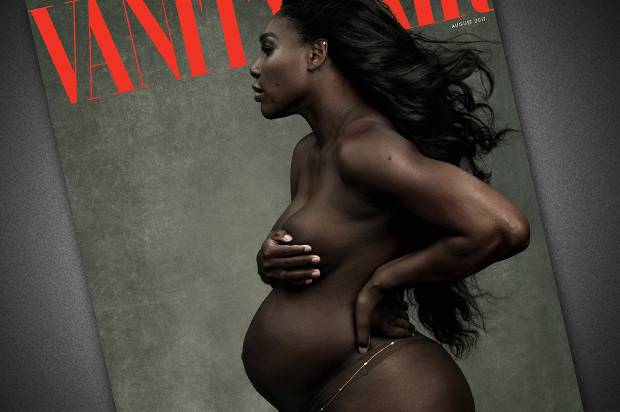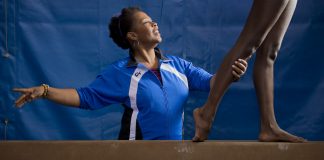Over a century ago, amid the emergence of the “New Woman,” the growth of American women’s participation in sports was accompanied by an underlying social worry. What would become of the (white) women who were taking the courts and fields? Would they remain appropriately feminine in body, spirit, and sexual restraint? Or might sports offer a gateway toward female masculinity, damaging the gender organization on which a proper society was built? Would the nation be plagued by “mannish” women?
These worries have persisted, while shifting, ever since. Feminist activism in favor of “physical liberation” has led to another surge of women’s sports participation in the last half-century, yet it did not dismantle gendered ideas about bodies and performance. These ideas tend to interlink femininity and sexuality, particularly through the notion of the “butch” lesbian athlete. From tennis player Martina Navratilova to basketballer Brittney Griner (one of my college-course students once quipped of Griner, “well, she’s a man”), lesbian elite athletes are vulnerable to charges of gender violations.
As pointed out by Amanda Roth and Susan Basow, race is an important factor as well. The “whitening” of femininity has somewhat liberated non-white athletes from restrictive expectations of womanhood, especially in terms of body type, while denying them the privileges.
The focus, then, has shifted from whom women in sports will become to whom sportswomen are, and, in some cases, to who qualifies as a “woman” in the first place.
That point was highlighted in this week’s Court of Arbitration for Sport ruling, which favored the International Association of Athletics Federations (IAAF) argument that female track star Caster Semenya is too “mannish” to compete against other women. The IAAF has focused on testosterone level, contending that above-average testosterone offers an unfair advantage in certain events. By this ruling, Semenya may have to undergo hormonal treatments to meet the new ceiling for acceptable testosterone levels.
Whatever officials’ motivations and intentions, this ruling replicates a dynamic that has long animated discussion around gender and sports. Caster Semenya is the embodiment of the long-feared “mannish woman.” She is black, visibly muscular, and a self-identified lesbian. She is easily counterpointed against elite female athletes who more neatly project norms of femininity. Others have pointed out, for example, the disparate treatment between Semenya, whose body has been under the microscope for a decade, and the dominant Olympics swimmer Katie Ledecky.
To no surprise, the IAAF and its allies have worked to avoid the perception of cultural bias. As IAAF expert witness and Duke University law professor Doriane Lambelet Coleman argued, “Sex in [sports] context is easy to define and the lines are cleanly drawn: You either have testes and testosterone in the male range or you don’t.” Yet as outlined by historian Thomas Laqueur, ideas about “sex” have changed significantly over time. Coleman’s statement, striking in its simplicity and ahistoricism, reflects the IAAF’s efforts to steer the conversation toward the apparent certainties of science. It is a prime example of how the language of empiricism can be used as a shrouding device.
Without a doubt, governing federations face a difficult, inevitably controversial task in defining maleness and femaleness in the starkly sex-segregated sports world. The question is whether they will be honest about how they are drawing on and producing ideas about gender in the process. Sports have long provided a ground for the policing of gender norms, and with the ongoing targeting of athletes like Caster Semenya, that policing is taking place in both highly intimate and highly visible ways.













